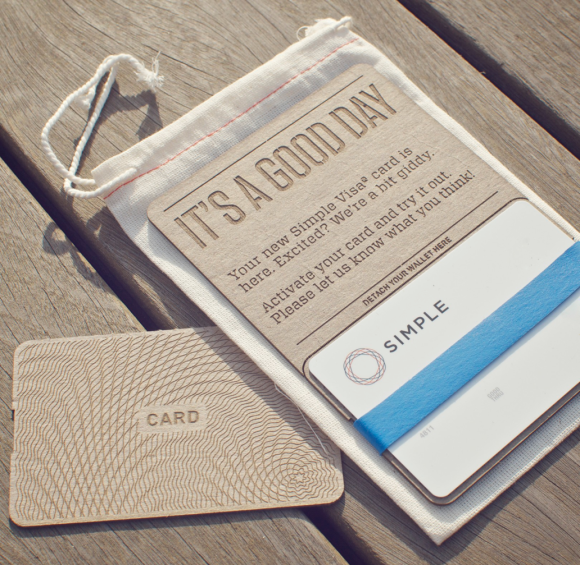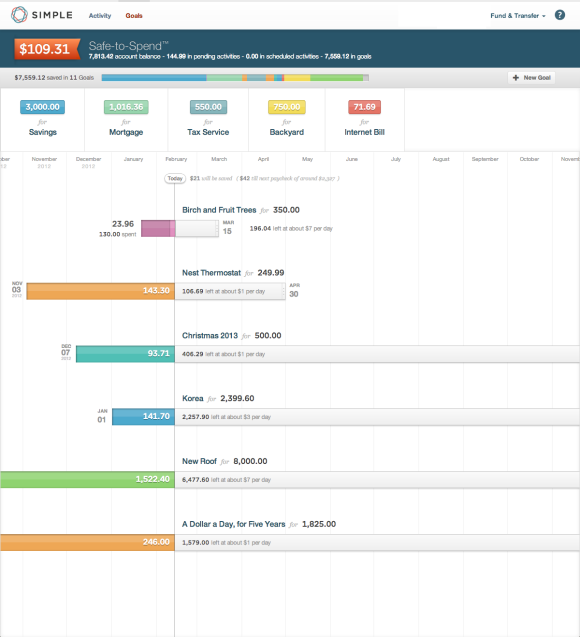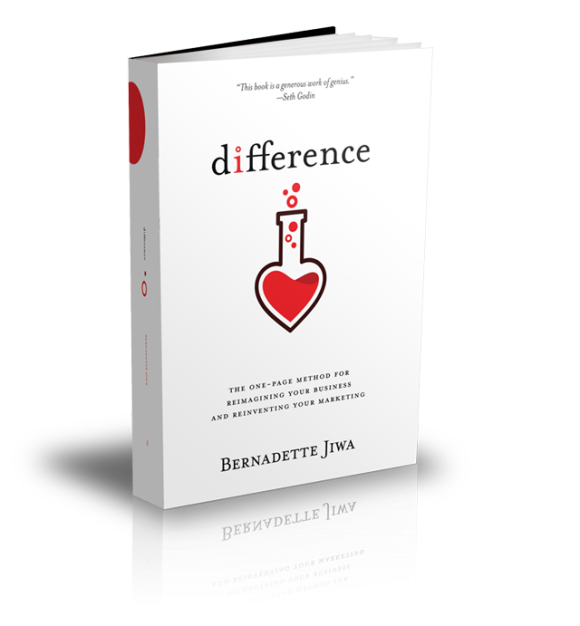People are dissatisfied with banking. A recent study from the Rassmussen Report reveals that American Consumers hold a grudge against banks who they hold responsible for the great recession. Many consumers believe that banks don’t have their best interests at heart. Bank fees are often confusing and hit your checking account when you can least afford them. People feel like idiots when they are hit with a bank fee. Most people, at one time or another, have had a nightmare customer service experience with a large bank. Large banks have some of the lowest customer experience and customer service ratings. People feel powerless to change things. Banks talk about being customer focused but very few of them empathize with the needs of their customers. Banks make money by keeping people confused.
Like many people, Josh Reich got fed up with his bank after it charged him overdraft fees and he lived through a painful customer service experience. This motivated Reich, a software engineer from Australia, to come up with a better more human way to bank.
The Simple Bank Brand was developed to help people better control their finances. All employees in the company are unified in support of this common purpose. Their goal is to make banking more human by putting customer service at the core of everything they do. Simple is targeted to people who are dissatisfied with their current banking relationship. A Simple account empowers customers with powerful budgeting and savings tools built right into their account. These tools show customers how much money they have to spend and help people save for specific goals like vacations. Their website and mobile apps are clean, simple and easy to use. Simple gives people tools to help themselves, while still making sure knowledgeable, friendly people are there to help when you need them.
The company’s biggest challenge is customer acquisition. Despite their current dissatisfaction, it is difficult to get customers to change and leave their current bank. Changing banks is a lot of work.
Would you leave your current bank if a better more human option was available?







